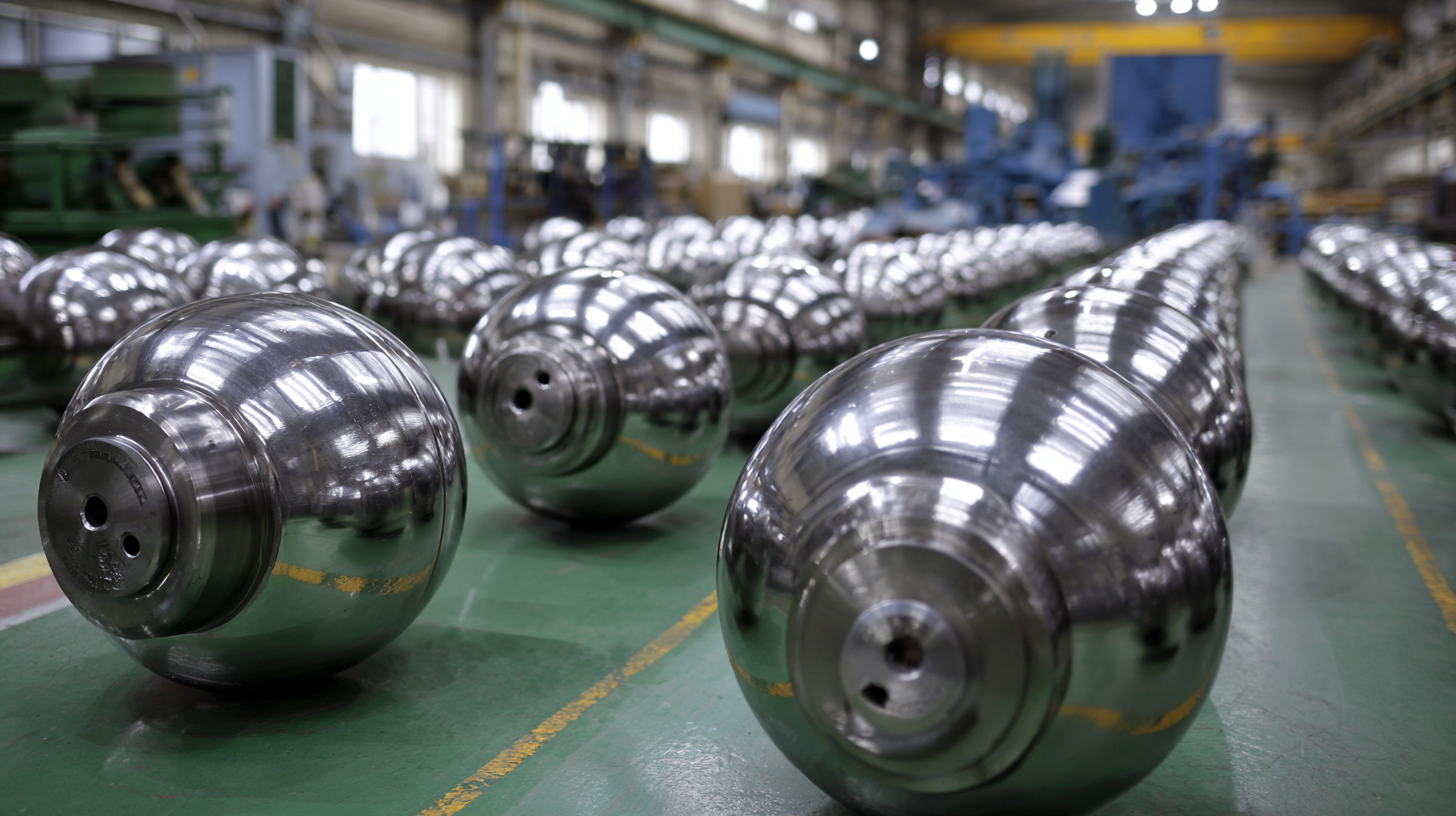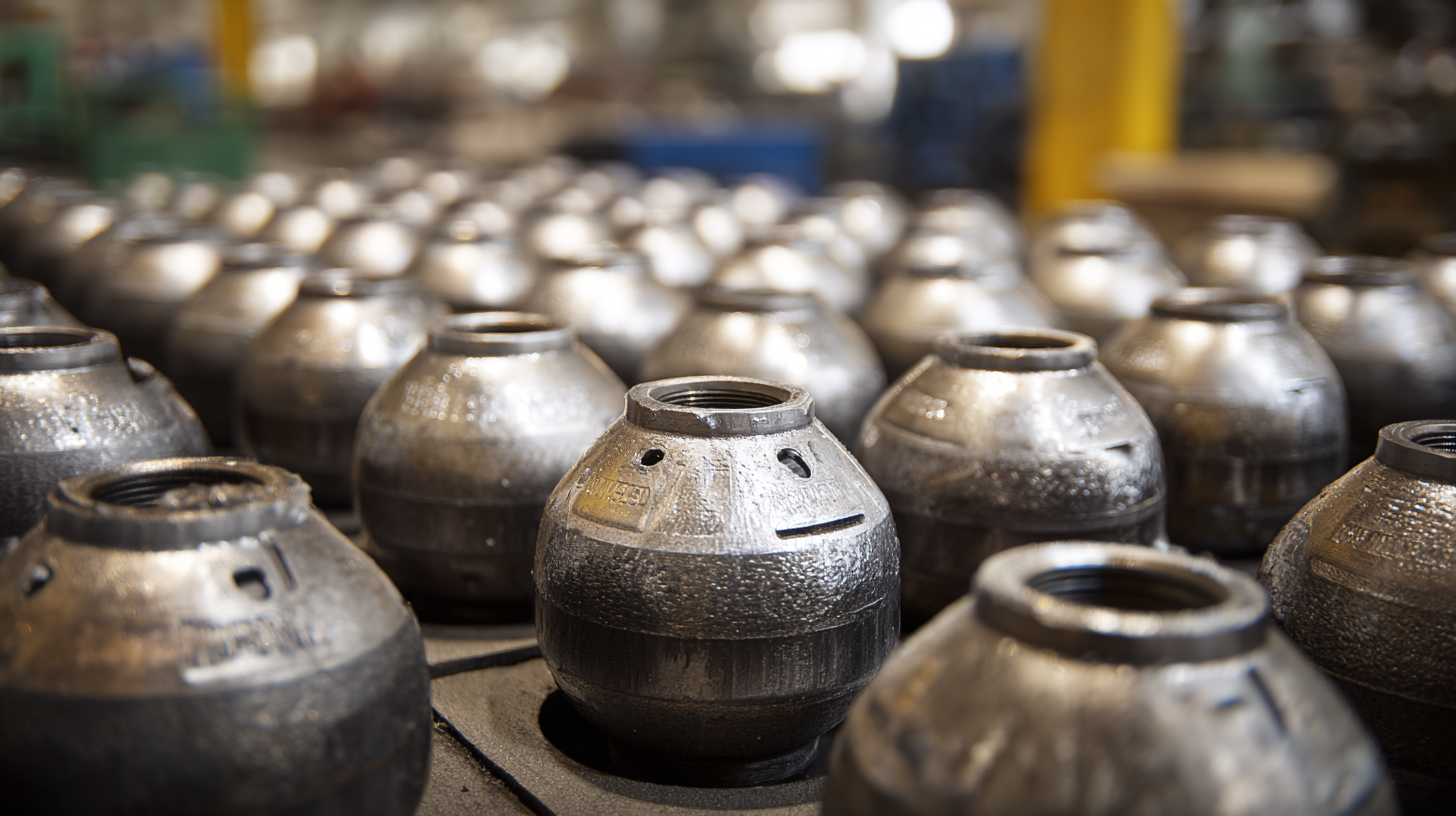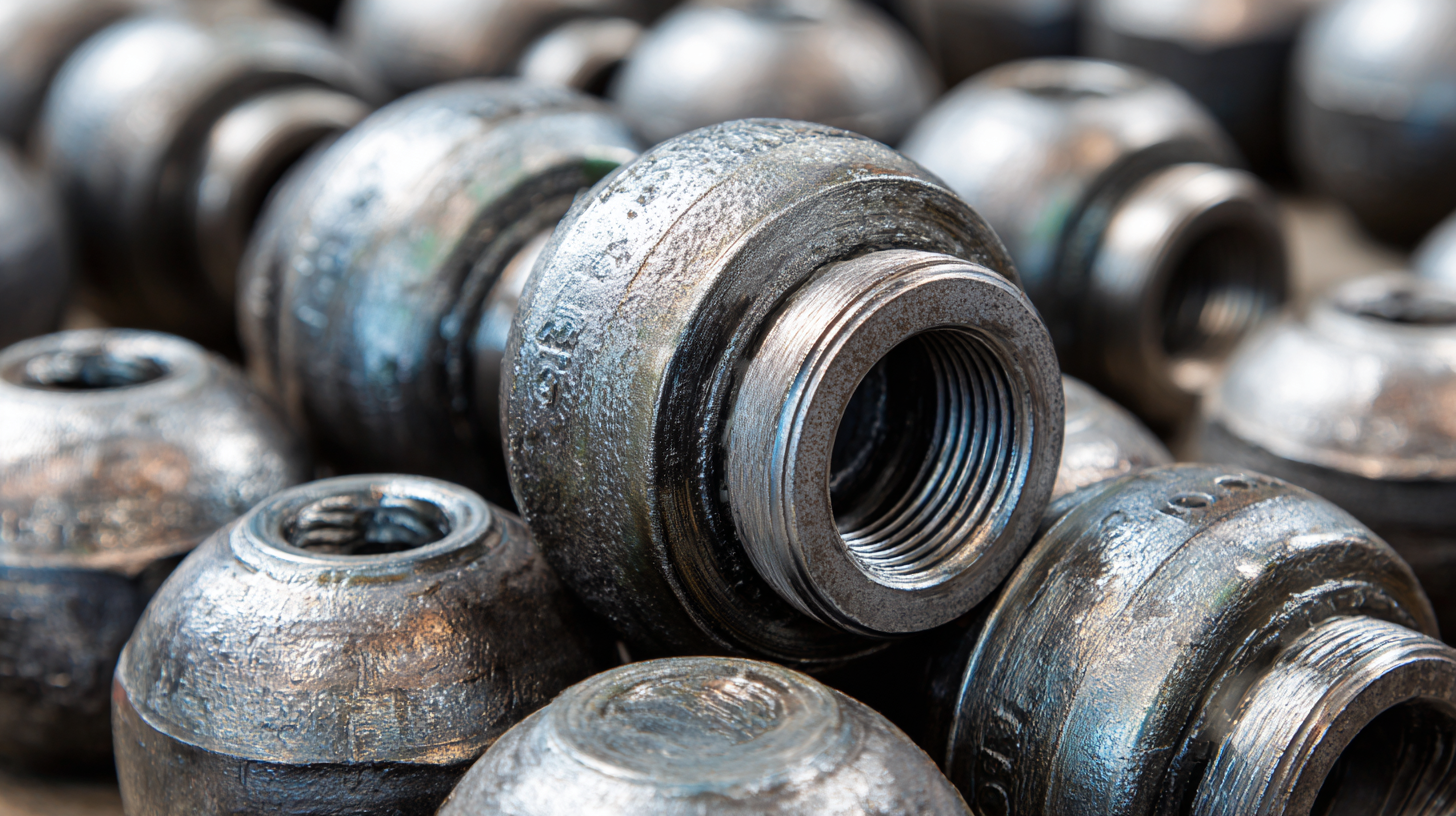Solutions for Sourcing the Best Ball Valve Balls: A Global Procurement Guide
In the ever-evolving landscape of industrial procurement, sourcing the best ball valve balls is crucial for ensuring both operational efficiency and product reliability. This global procurement guide aims to equip buyers with essential insights and practical tips to navigate the complexities associated with selecting high-quality ball valve balls. With the increasing demand for precision and durability in fluid control systems, understanding the nuances of various materials, manufacturing processes, and supplier capabilities is imperative.

This article will explore the key factors to consider during the sourcing process, provide actionable strategies for evaluating potential suppliers, and highlight best practices that can help organizations secure the most reliable ball valve balls on the market. Whether you are a seasoned procurement professional or new to the field, these insights will empower you to make informed decisions that align with your operational needs and quality standards.
Identifying Key Materials for Optimal Ball Valve Performance
When sourcing the best ball valve balls, selecting the right materials is crucial for ensuring optimal performance and longevity. The most commonly used materials for ball valve balls include stainless steel, brass, and plastic, each offering unique benefits depending on the application. Stainless steel, for example, is known for its exceptional corrosion resistance and strength, making it an ideal choice for applications in harsh environments. On the other hand, brass offers excellent machinability and is often favored for its cost-effectiveness in lower-pressure systems.
Another critical factor when considering materials is the compatibility with the fluid being handled. For instance, in chemical processing industries, materials like PTFE (Teflon) or other high-performance polymers can provide superior resistance to aggressive chemicals, preventing degradation and ensuring reliable operation over time. Furthermore, the size and shape of the ball play a vital role in minimizing friction and maximizing sealing capabilities, so ensuring that the selected material maintains dimensional stability under varying temperature and pressure conditions is essential. By understanding these material properties, procurement teams can make informed decisions that enhance the performance and reliability of ball valves across various applications.
Evaluating the Advantages of Different Ball Valve Designs
When selecting ball valve designs for your procurement needs, understanding the advantages of each type is crucial. Traditional floating ball valves allow the ball to move freely within the seat, providing a reliable seal with low operating torque. This design is effective for general applications, offering affordability and ease of maintenance. However, for high-pressure situations, trunnion-mounted ball valves stand out. Their fixed ball design means that the valve can handle larger diameters and higher pressures, making them ideal for critical services in oil and gas industries.
Tips: Always assess the specific application requirements before making a choice. Consider factors such as pressure, temperature, and the nature of the fluid. Additionally, incorporating automated features in your ball valve design can enhance operational efficiency and minimize manual intervention, leading to cost savings over time.
Another notable design is the multiport ball valve, which allows for the flow of fluids in multiple directions. This versatility can simplify piping layouts and reduce the number of valves needed in a system. Despite their slightly higher initial cost, the long-term benefits of a more streamlined design often outweigh the investment.
Tips: When evaluating multiport options, analyze your system’s flow paths and how they can be optimized. This can lead to both efficiency gains and reduced maintenance needs in the long run.
Understanding Quality Standards in Ball Valve Manufacturing
When sourcing ball valve balls, understanding the quality standards in manufacturing is crucial. These standards ensure not only the performance of the ball valve but also its longevity and safety in various applications. Different industries may require compliance with specific certifications such as API, ASTM, or ISO. Familiarizing yourself with these standards can significantly improve your procurement process and product reliability.
Tip: Always request documentation for compliance with quality standards from suppliers. This includes test reports, material certifications, and inspection data. Having these documents can help you verify that the products meet the necessary performance criteria.
Moreover, consider the material selection for ball valve balls, as it directly affects their durability and functionality. Common materials include stainless steel, brass, and plastic, each suited to different working environments. Ensure that the materials used are compatible with the media they will be handling to prevent issues like corrosion or wear.
Tip: Engage in thorough supplier vetting, including site visits if possible. This first-hand experience can shed light on the manufacturing processes and quality control measures employed, enabling you to make an informed decision.

Exploring Cost-Effective Sourcing Strategies for Ball Valve Balls
When it comes to sourcing ball valve balls, cost-effectiveness is paramount for manufacturers looking to maintain competitive pricing while ensuring quality. One effective strategy is to leverage global suppliers. By expanding the search to include manufacturers from countries with lower production costs, companies can find high-quality ball valve balls at reduced prices. Establishing relationships with these suppliers enables better negotiation on price and quality, leading to significant savings and improved margins.
Another approach to cost-effective sourcing is embracing technology. Utilizing digital procurement platforms allows businesses to streamline the sourcing process, reducing the time and cost involved in vendor selection. These platforms often provide access to a larger network of suppliers and enable real-time price comparison, making it easier to identify the most cost-effective options. Additionally, implementing data analysis tools helps in forecasting demand, allowing companies to make bulk purchases strategically, thereby benefiting from economies of scale. By combining global sourcing with advanced technology, manufacturers can optimize their procurement strategies for ball valve balls, ensuring both cost savings and quality assurance.
Assessing Supplier Reliability and Global Sourcing Networks
When sourcing the best ball valve balls, assessing supplier reliability is crucial in ensuring quality and performance. It’s important to evaluate potential suppliers based on their manufacturing capabilities, materials used, and quality control processes. A reliable supplier should be able to provide certifications and demonstrate adherence to international standards. Additionally, conducting site visits can offer firsthand insight into the supplier’s operations and commitment to quality.

Global sourcing networks play a significant role in finding the right suppliers. Establishing relationships with suppliers across different regions can mitigate risks associated with geopolitical issues and supply chain disruptions. By diversifying your supplier base, you can tap into specialized manufacturers with unique offerings and competitive pricing. Engaging with local sourcing experts can also provide valuable market intelligence, ensuring you select suppliers that not only meet your specifications but are also trustworthy partners in your procurement strategy.
